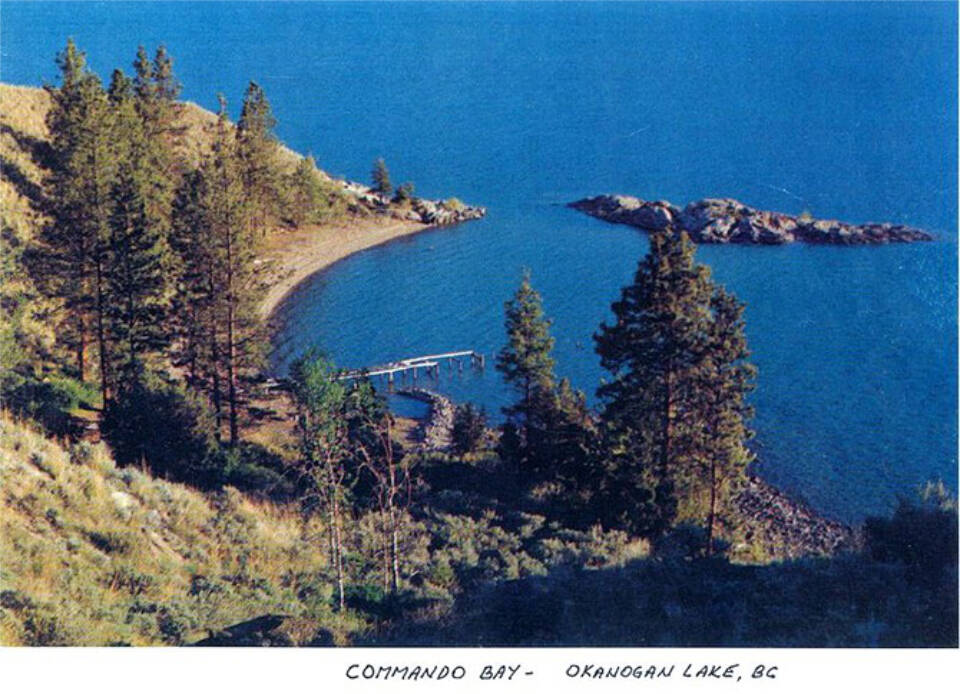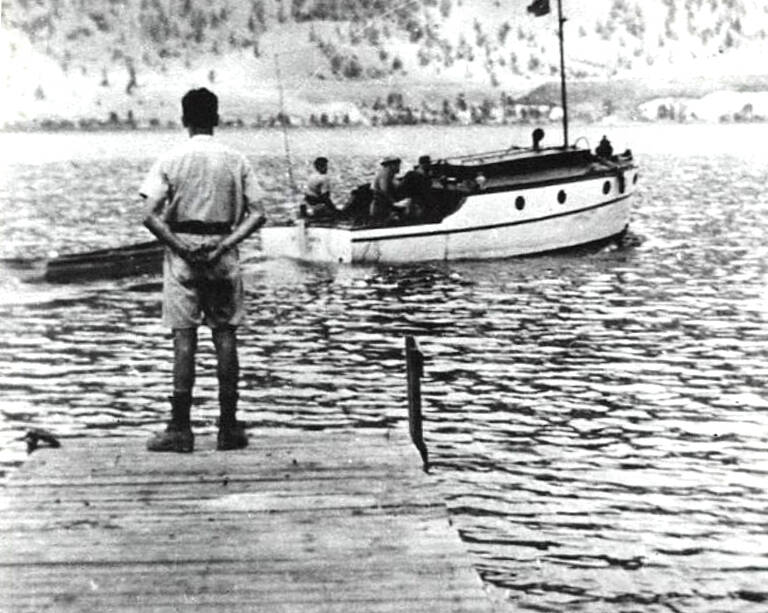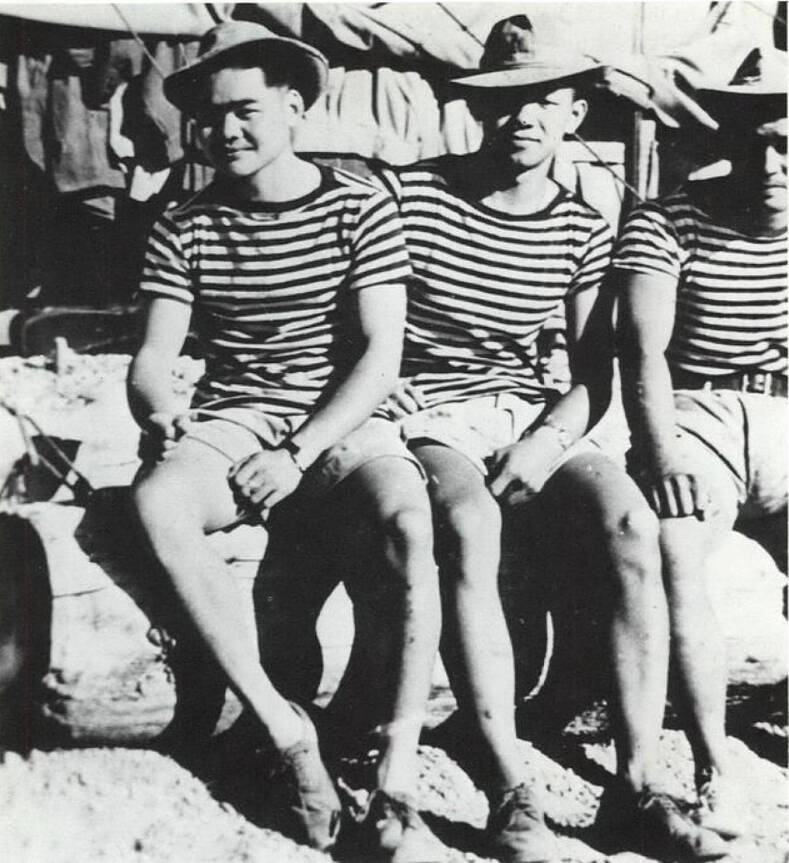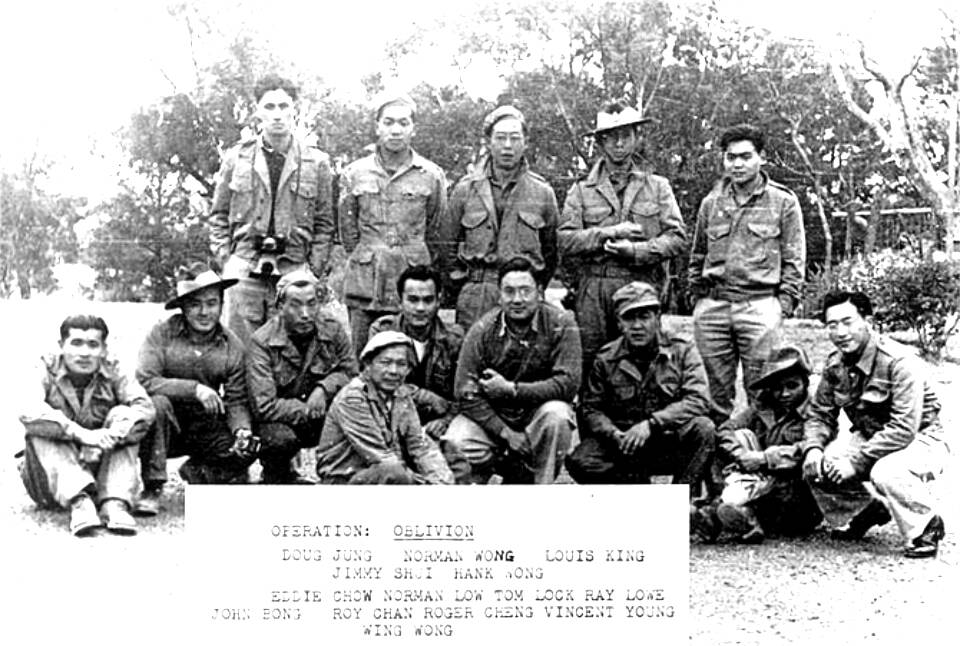About 16 kilometres north of Naramata on the east side of Okanagan Lake was once a top-secret base called Commando Bay where 13 Chinese-Canadians were trained to work behind enemy lines in South East Asia during the Second World War.
The rigorous training that was conducted at Commando Bay camp was for a small group of specially-selected Chinese-Canadian volunteers recruited by British Intelligence for the dangerous mission called Operation Oblivion.
According to the Okanagan Military Museum, these courageous men were trained for infiltration behind Japanese lines. The camp was placed under the command of Major Hugh John Legg who, with experts in various combat skills such as small arms, hand-to-hand combat and demolitions, trained the soldiers for four months in the summer of 1944.
The remote Naramata location was chosen due to its rugged and diverse terrain which helped with their training. A wharf was built and over four months in the summer of 1944 the men trained in small arms, demolition, sabotage, communications, and other guerilla tactics, said the museum on their website. The training was top secret and the trainees rarely left the area. A daily 6 a.m. swim was mandatory.
After time in Naramata, they were sent to Australia for parachute training before they were dropped into Borneo for Operation Oblivion.
They were later instrumental in driving the Japanese forces from the area, teaming up with local headhunters.
There are no traces of the camp now, other than the plaque which was unveiled during a ceremony in 1988. Ten of the men were in attendance for the plaque unveiling.
Hank Wong, whose son has ownership of the colour photos, was the last living member. He died in 2019.
The plaque reads: Dedicated to the first Chinese-Canadians in Canada’s armed forces who volunteered for special operations with British Intelligence…” There are 14 names on the plaque and four of them were awarded the medal of bravery.
The only way to access the now-defunct camp is by boat or kayak. The beach area has become popular for rugged camping.
READ ALSO: Sous chef shares memories of Penticton’s iconic Granny Bogner’s before it’s gone
To report a typo, email: editor@pentictonwesternnews.com.
Don’t miss a single story and get them delivered directly to your inbox. Sign up today for the Penticton Western News Newsletter.
@PentictonNews
newstips@pentictonwesternnews.com
Like us on Facebook and follow us on Twitter.




